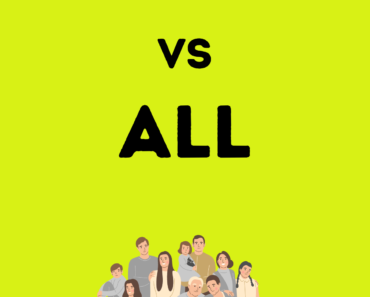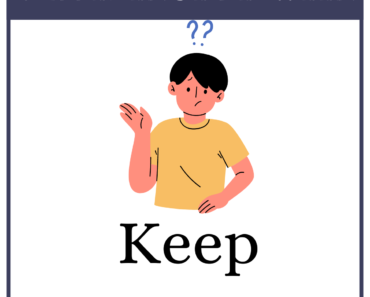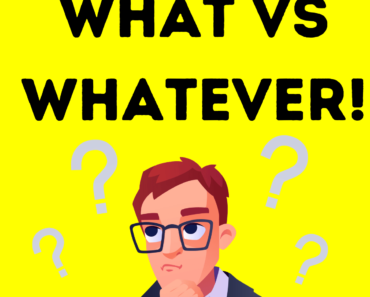The words “altogether” and “all together” might sound similar but have distinct meanings.
- “Altogether” is an adverb that means “completely” or “entirely,” referring to the totality of something.
- In contrast, “all together” is a phrase used to denote that things or people are present simultaneously or gathered in one place.
Understanding the distinction is crucial for clear communication, as they convey different nuances in sentences.
Altogether
Definition:
- An adverb meaning “completely,” “entirely,” or “on the whole.”
Usage:
- Complete Extent:
- Example: “The idea seemed ridiculous altogether.”
- Used to emphasize the complete nature of an idea, decision, or opinion.
- Summary:
- Example: “Altogether, the project was a success.”
- Summarizes a situation, often introducing a conclusion or overall assessment.
- Total Sum:
- Example: “Altogether, he spent three weeks there.”
- Refers to the total duration or quantity.
All Together
Definition:
- A phrase indicating the simultaneous presence or gathering of people or things.
Usage:
- Group Action:
- Example: “The team stood all together for the group photo.”
- Used to convey people gathering in a single place.
- Simultaneous Action:
- Example: “They arrived all together.”
- Indicates that actions happened concurrently.
- Unity or Collaboration:
- Example: “The children sang all together.”
- Describes people participating in an activity in unison.







